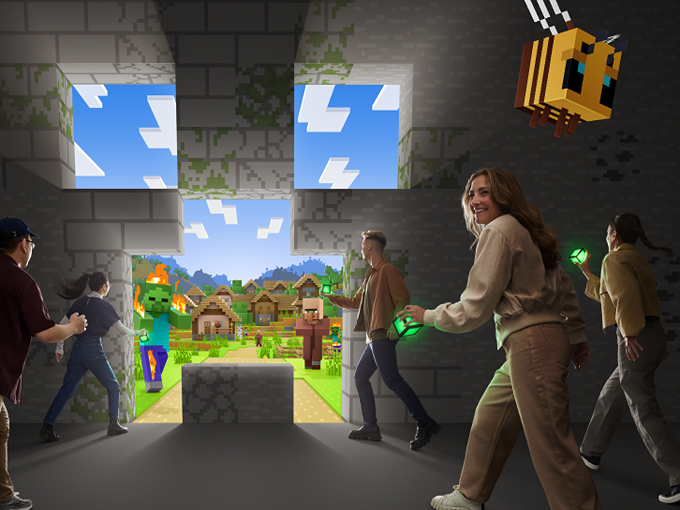A new study published by The Insights Family yesterday shows that success in today’s licensing landscape depends on brand owners shaping their strategies to prioritize speed, timing and the creation of cultural moments for their IPs.
This key insight is one of several from the UK research firm’s Power Moves in Licensing 2025 report, which drew from a survey network of more than 800,000 family members and 56,000 brands across 22 markets to look at emerging consumer behaviors and product demand among kids ages three to 18.
The report also highlights Minecraft, which has successfully evolved over the last 16 years from a sandbox video game into a global entertainment mega-brand, thanks to a carefully crafted cross-platform and partnership strategy. Minecraft is resonating the most with kids ages nine to 12 right now, with audience engagement among this demo increasing by 71% in Japan, 65% in Germany and 15% in Canada year over year. And in the toy aisle, Minecraft action figures and playsets have carved out a 4% stake in the US market, making them the second most-popular toy range behind LEGO.
To replicate this success, The Insights Family notes that brand owners first need to understand how children are interacting with their favorite characters. Nearly half (49%) of US kids ages three to 12 list watching YouTube as their favorite way, followed by streaming (42%), video games (34%), toys (26%), traditional TV (20%) and clothing purchases (20%). The key takeaway here is that physical interactions are no longer as important as they were in the past because digital-first experiences on Roblox and other gaming platforms have become the new essential tactic for reaching kids.
When it comes to licensed products based on kids shows, three- to eight-year-olds love toys and clothes the most because they offer a tangible connection to their favorite characters. But as they age up into the nine to 12 bracket, video games and books become more important as kids begin to develop greater independence and seek out more immersive experiences. And by the time they’re teens, kids’ consumer products preferences shift once again toward clothes and video games, and their interest in novelty items wanes significantly.
Some actionable insights for brand owners looking to establish a stronger foothold in the market for their licensed products include regularly mapping out their IP’s fanbase to identify new expansion points; introducing offerings that can extend the life of the property as the audience ages up; and building partnerships with regional studios or creators to create cultural touchpoints for kids.
























